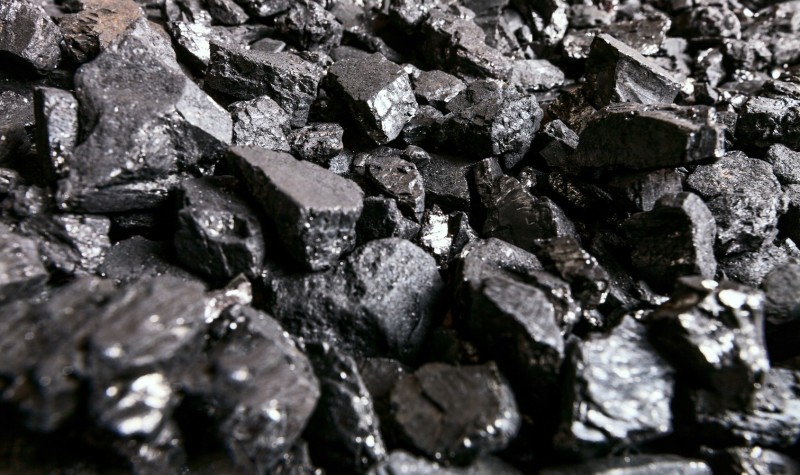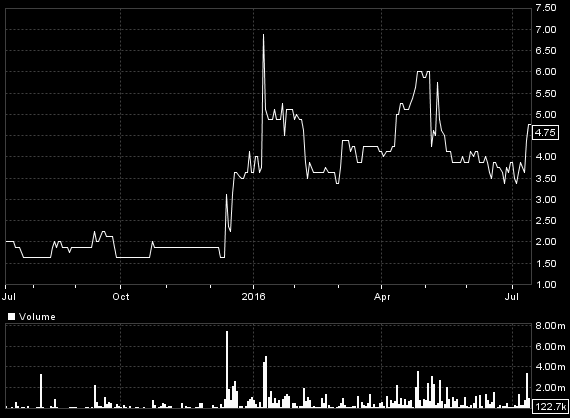Coal to Power Update

A fair lot has happened behind the scenes in this still little-known situation where present shares could, in the right circumstances, multi-bag. But the market, if only because such projects are unfamiliar, is still being cautious. For background see our previous blogs from October 2015 onwards.
Ncondezi Energy (NCCL) is the first of the four projects to have published detail on the necessary financing for its Mozambique Tete project which will be a template for the others – Kibo in particular who is still pretending external financing won’t be needed. NCCL’s broker has published a note suggesting a 260% medium-term upside to its current 4.5p share price (up from a 3.5p recent trading range but still below a 6p peak in April), although it is on a simplistic and incomplete analysis (being merely its share of the equity funding needed to start construction) which in proper hands would indicate a much higher potential in the longer term.

NCCL – year to July 2016
NCCL’s shares are only just recovering from a long news drought which investors took to mean bad things but now revealed to be down to a change by China’s Shanghai Electric Power to a less polluting boiler design. Kibo’s shares on the other hand are benefiting from more frequent (if incomplete) news and because its undeveloped Lake Victoria gold deposit is to merge with a nearby smaller but higher grade resource owned by a private Aussie company who has promised to develop it, thereby providing Kibo with some sort of return. But this is unlikely to be immediate cash, and assessable only once financing details – which will certainly involve dilution of Kibo’s relatively low grade and low category in-ground gold value, if not immediate dilution of its shares – are known, hopefully in the near future.
All four shares have naturally been suppressed by doubts whether their projects will happen, or whether their owner companies will keep coming to shareholders to finance continuing planning or will run out of cash before financing is complete. None more so at present than EDL, which appears to be well behind the others in development.
NCCL now appears to be ahead of Kibo by some way, and of Oracle Coalfields by a little more. But even though its Chinese backer – an operator listed on the Shanghai stock exchange as well as a developer – has more credibility than Kibo’s supplier-only proposed backer, with key commercial agreements more solidly (though not completely) in place, NCCL is still only promising financial close by mid 2017. Meanwhile, Kibo, despite seemingly behind, is still leading investors to believe its financial close will be earlier. Finally, Oracle has gone quiet on its own time-line which had hoped for FC by the end of this year.
For NCCL, following signing a joint development agreement with SEP in January, the shares spiked to 6p in April on impending news that it had solved a short-term funding problem with a $1.3m shareholder loan to take it through to Q3 2016, by when it expects to have finalised the JDA. That will trigger the first instalment of up to $25.5m in back development expenditure which SEP will refund to take the power project to FC, and to gain a 60% equity stake in its planned UAE offshore holding company, leaving NCCL itself with 40% to fund. With SEP providing all of a 70% project loan, this will leave NCCL shareholders to finance an effective 12% of the total power project cost of around $1bn (for an initial 300MW plant – to be scaled up to 1,800MW eventually), although NCCL has hinted at dilution mechanisms being wheeled in that would see it hold around 20% of the power plant equity at FC should it not provide any financing at all. This, of course, would gear up shareholder value even more.
Its broker derives NCCL’s $52m ‘look-through’ share value (16p/share) from this equity contribution, together with the back costs it will be repaid. But I believe that is not the right approach. I would value NCCL’s share of the project’s fully financed NPV (not yet updated but last stated in a 2012 DFS as over $700m at a 10% discount rate) net of loan costs, which would give a very different and much larger value, but divided by the shares NCCL will have to issue meanwhile.
While Kibo has still not admitted its need for a similar funding structure, NCCL has done, as also for separate funding for its mine (likely in the order of $75m which, like KIBO, might be achievable with debt only) and expects that finalising the SEP JDA will spur the shares higher than now, enabling better value for shareholders in the long run. And, as with Kibo, and although they will be lower than for the power station, mine revenues are likely to be considerably more profitable than the power station, adding to the values suggested for the power station alone.
There are still risks – one of which is that the SEP JDA and release of cash isn’t finalised by November when the shareholder loan has to be repaid. But, providing everything is still properly on course even if slightly delayed, one would expect it to be easily re-negotiated.
Overall, NCCL’s project looks to be almost there – at which time the shares can be expected to start reflecting the considerably higher market value that the power station and the mine will warrant. Given the plan to expand generation 6-fold to 1,800 MW eventually, the whole project looks likely to start to appeal to institutional investors in the UK, who might not want to see the Chinese – both loan providers and equity investors – racing away with the fruits.
News is also imminent on financing for Kibo’s gold project joint venture which, with any implications – which I doubt – for funding its power project, in due course I will comment upon.
Comments (0)